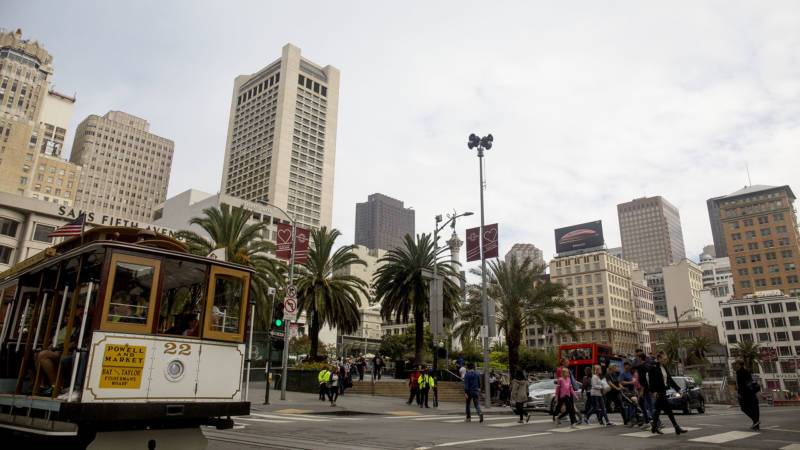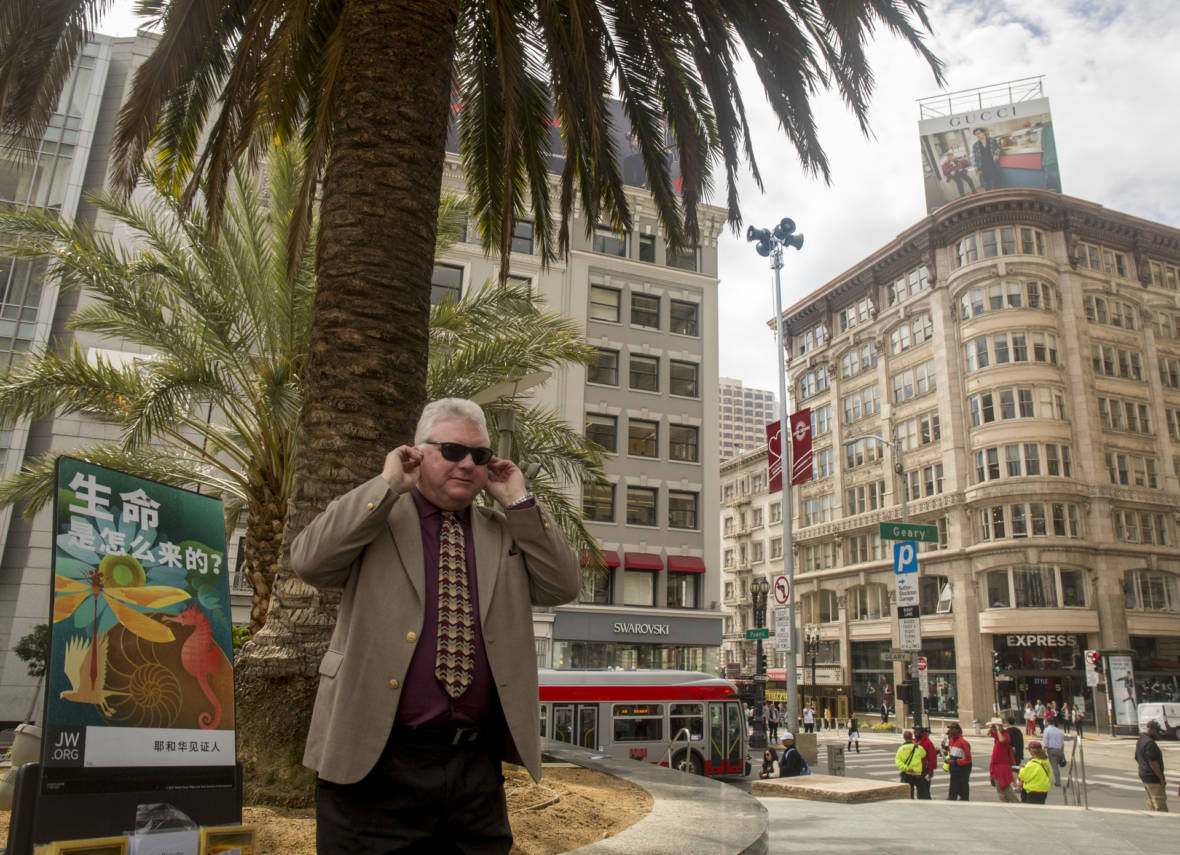Some news about that siren you hear every Tuesday at noon in San Francisco: It’s going silent. For about two years.
The city said Tuesday its Outdoor Public Warning System — which had its last hurrah at noon today — is aging and needs $2.5 million of work to upgrade its reliability and security.
The warning system, first installed in 1942, is currently made up of 119 sirens located throughout San Francisco. During World War II, the city planned to use the alerts to warn people of potential air raids. Today, the system would be deployed to warn people about a natural disaster like a major earthquake or tsunami. The last non-testing use of the sirens took place on Treasure Island in 2012, when a water main break resulted in potential water contamination.
The voice that reads the alert message after the siren wail belongs to Dave Morey, a longtime radio host with KFOG, now retired.
The system got its last major upgrade in 2005. City officials encourage residents to use other alert and warning tools like AlertSF.


